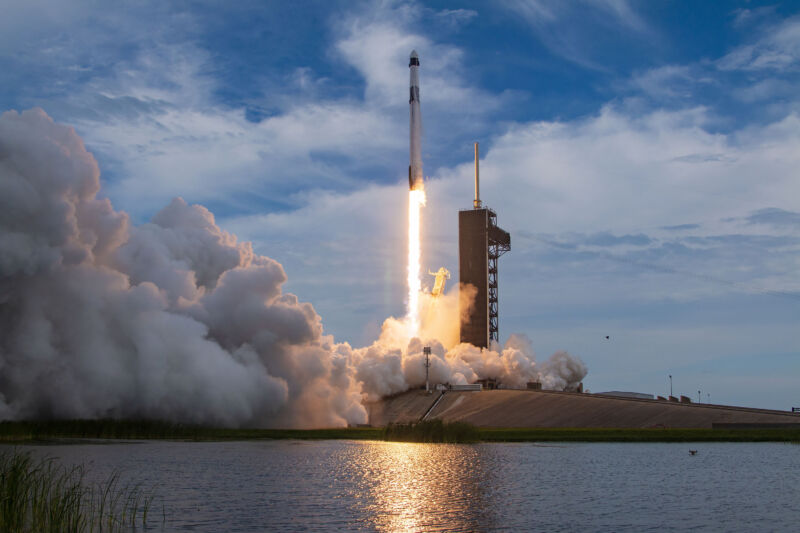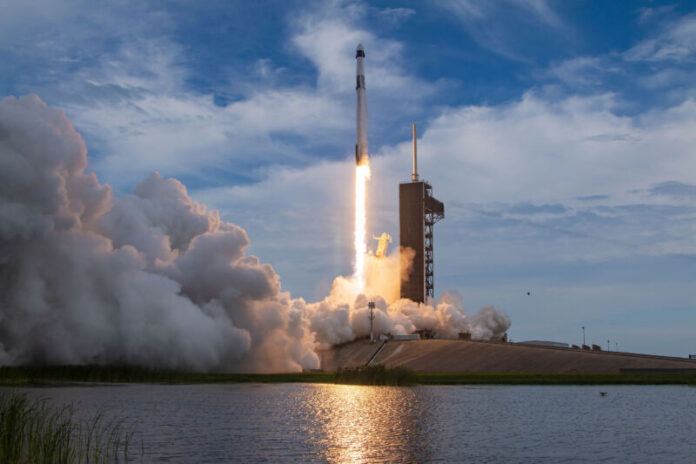
Enlarge / A Falcon 9 rocket launches the Axiom-2 mission on May 21, 2023. (credit: SpaceX)
The European Space Agency’s (ESA) has a deal with Axiom Space to get more Europeans in orbit. But does the partnership benefit European taxpayers who fund the agency’s operations?
On Wednesday, January 17, the third privately funded mission by US commercial spaceflight company Axiom Space is set to lift off from Kennedy Space Center in Florida on SpaceX’s Falcon 9 rocket. Inside the Crew Dragon capsule will be a quartet of space travelers, including Swedish fighter pilot Marcus Wandt.
Wandt will be flying under the European Space Agency (ESA) flag, although he is not exactly an ESA astronaut. In the 2022 European astronaut recruitment round, Wandt didn’t make the final five of Europe’s “proper” astronaut class, who became ESA staff members and started their astronaut training in 2023. Instead, he was selected as a member of ESA’s first astronaut reserve pool, a novelty developed by ESA with an apparent goal of encouraging its member states to pay for national missions in addition to their regular contributions to ESA’s budget. Sweden was the first to jump at the opportunity in April last year and is paying for Wandt’s two-week space trip through a contract brokered by ESA as part of a Memorandum of Understanding the agency signed with the American commercial company Axiom Space in October 2023.
Read 18 remaining paragraphs | Comments
Ars Technica - All contentContinue reading/original-link]




